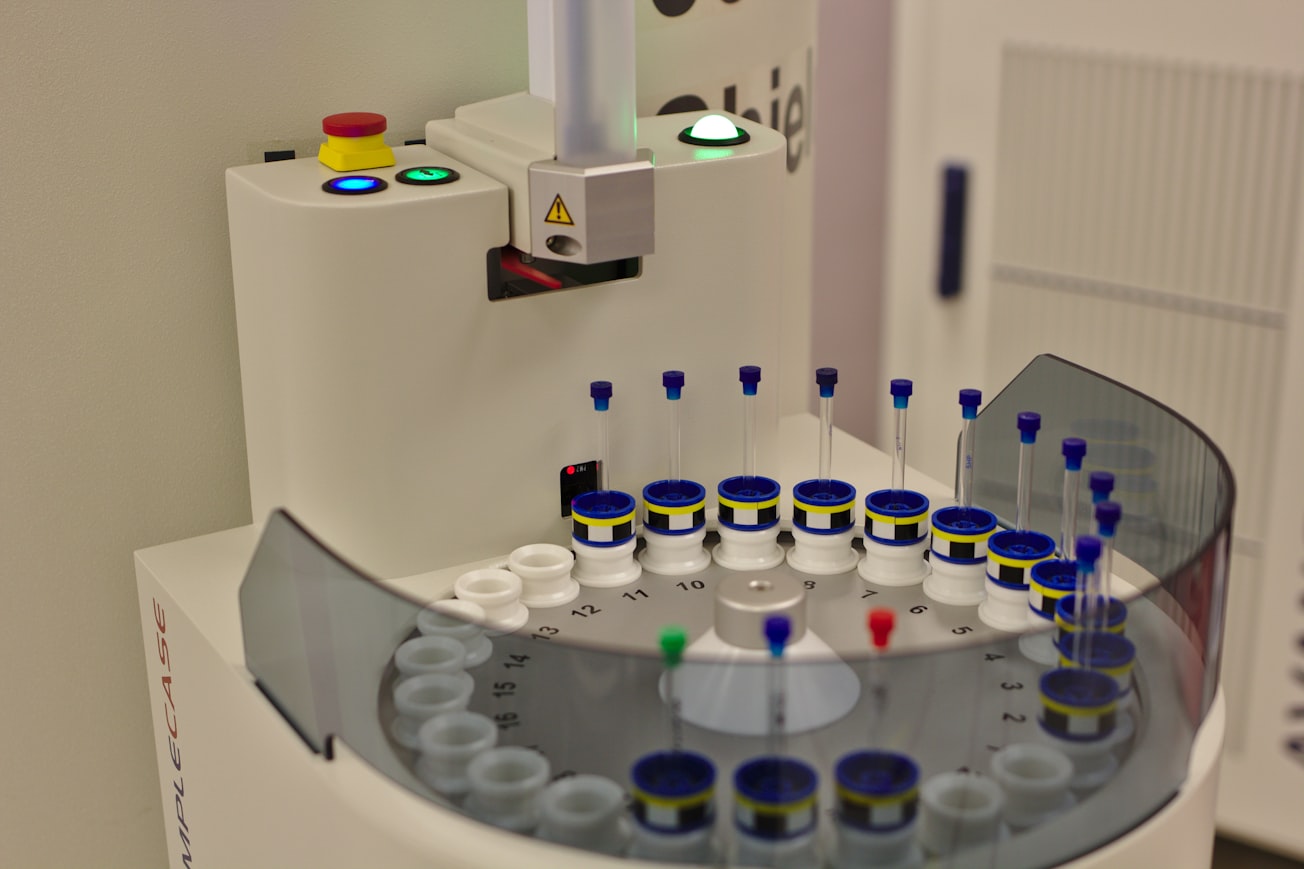What is it about?
The classical bromination mechanism indicates the formation of bromonium ion as intermediate of the reaction delivering products in a stereospecific way, some substrates may lead to the mechanism via carbocation or may still have competition between the two types of mechanism. In this work, the addition of bromine to a dienamide produced erythro and threo diastereoisomers that were identified by NMR and theoretical calculations.
Featured Image

Photo by Chromatograph on Unsplash
Why is it important?
Bromination reactions are among the most important reactions in organic synthesis and can be carried out using bromine or many other bromine donor compounds, such as N-bromosuccinimide (NBS), bromonitromethane, cyanogen bromide, N-bromobenza- mide, carbon tetrabromide]. The electrophilic bromination of an alkene is considered a quintessential reaction of the double bond and is prortrayed in undergraduate textbooks as being a well understood process. The identification of the two products (via bromonium and carbocation) was performed by comparing the experimental and calculated NMR chemical shifts.
Perspectives
The identification of the diasteroisomers from the bromination reaction would not be possible without theoretical calculations. The brominium and carbocation mechanisms were proposed to explain the formation of the two pairs of diasteroisomers.
Professor Elson Santiago Alvarenga
Universidade Federal de Vicosa
Read the Original
This page is a summary of: Assignment of the relative stereochemistry of two novel vicinal dibromo compounds using NMR and DFT-GIAO calculations, Journal of Molecular Structure, July 2020, Elsevier,
DOI: 10.1016/j.molstruc.2020.128157.
You can read the full text:
Resources
Contributors
The following have contributed to this page







